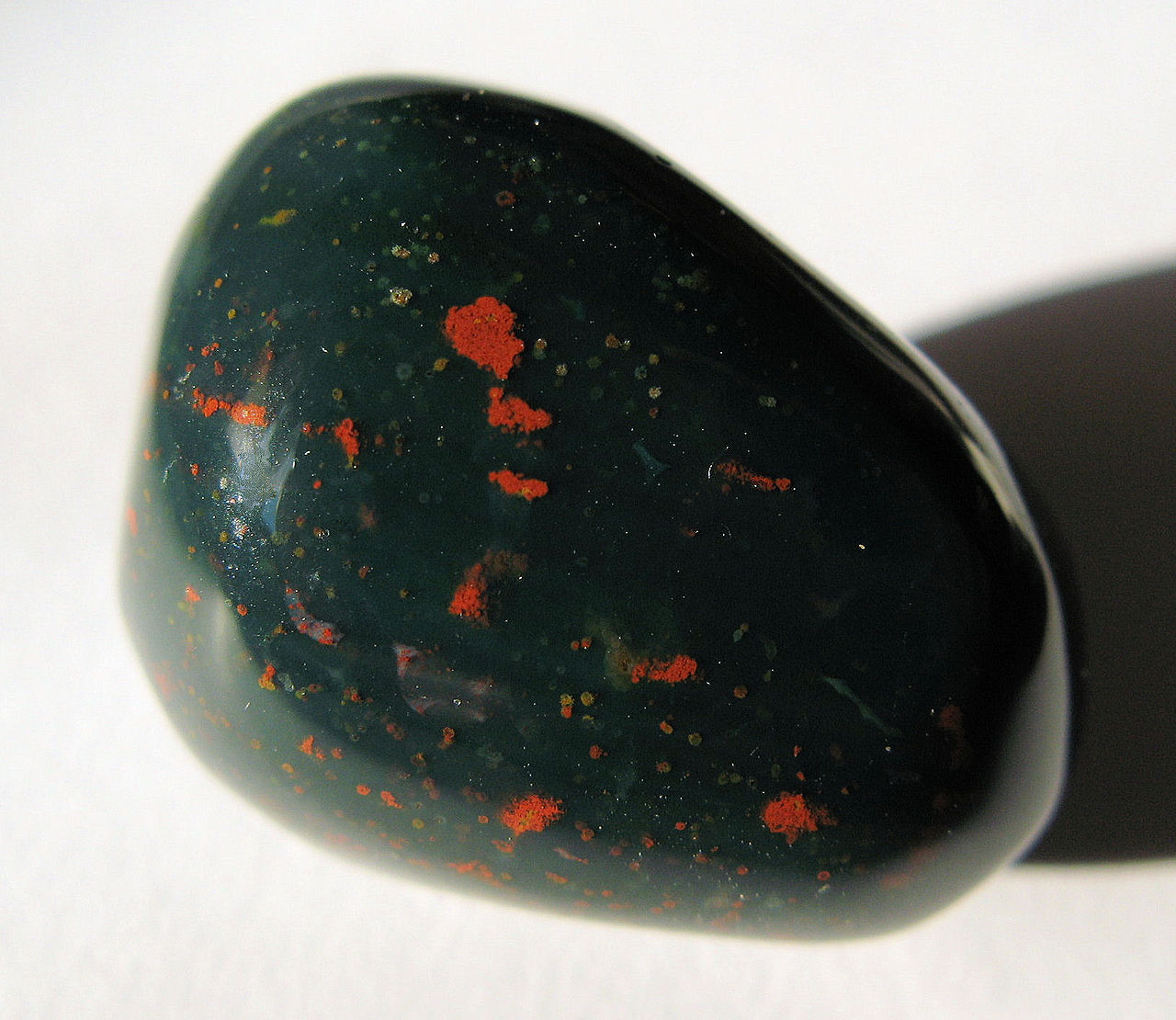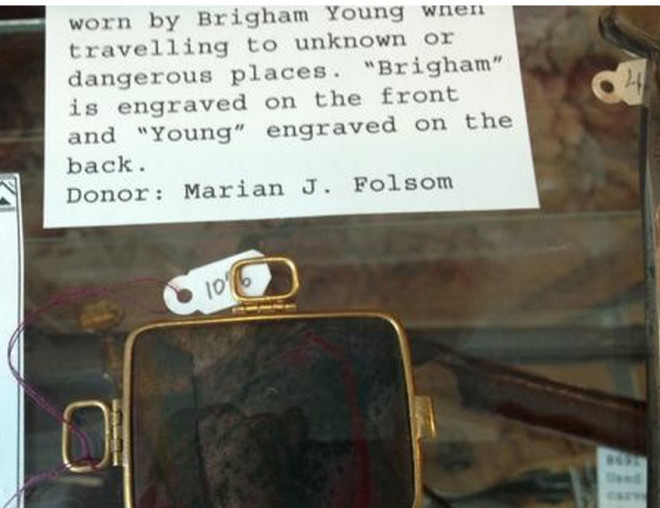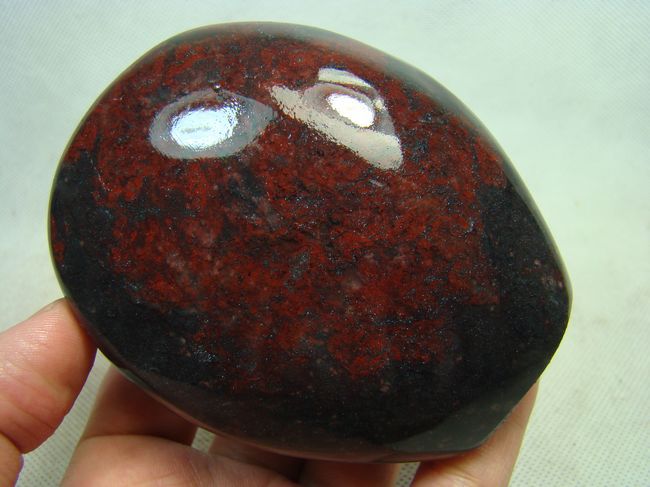In 2015, the church published an article about Joseph’s seer stone and included photos of the brownish colored stone. I don’t have a problem with Joseph using a seer stone and a hat. I read the article, and I thought it was good in many ways, and I loved seeing one of Joseph Smith’s seer stones. But it was a little presumptuous for the author/historians to write that — “Brigham’s statement expressed his understanding that seer stones were not essential to being a seer.” — That was the statement the authors made after sharing this historical quote from Brigham Young, taken out of context, so I can’t really tell what BY really meant:
Brigham Young told an audience of his thoughts about receiving a seer stone. “I don’t [k]no[w] that I have ever had a desire to have one,” he reflected.22. Minutes, Sept. 30, 1855, Church History Library.(ref)
There is no mention about the audience, nor about the seer stone Brigham received. This kind of historical writing does not provide enough information. And the authors can’t claim to “know” what Brigham was thinking to support their theory.
In Brigham Young’s own writings, he shared the following about seer stones on Dec. 27, 1841:
–27– I met with the Twelve at Brother Joseph’s. He conversed with us in a familiar manner on a variety of subjects, and explained to us the Urim and Thummim which he found with the plates, called in the Book of Mormon the Interpreters. He said that every man who lived on the earth was entitled to a seerstone, and should have one, but they are kept from them in consequence of their wickedness, and most of those who do find one make an evil use of it; he showed us his seerstone. (Brigham Young (1801-1877)Autobiography (1801-1844) in Manuscript History of Brigham Young Source: Manuscript History of Brigham Young, 1801-1844, ed. Elden Jay Watson (Salt Lake City: Smith Secretarial Service, 1968).
As I searched more, I found that Brigham Young wore a stone around his neck. Maybe he did not use it as a seer stone, or maybe he did not feel like he needed to translate old documents and thus had no need for a seer stone. I don’t know, and I don’t think the authors of that article really know either.
But, Brigham Young owned a stone that he wore around his neck. Today it is located in the museum of the Daughters of Utah Pioneers. I dropped in there a few years back and asked to see the bloodstone that Brigham had. Funny thing, but the clerks there had no idea he had a bloodstone. But I wandered about and found the display of BY’s stuff and there it was in a glass case.
President Young also possessed a “bloodstone” which he wore about his neck on a chain “when going into unknown or dangerous places” (See display #1076, Brigham Young Collection, Daughters of Utah Pioneers Museum, Salt Lake City, Utah). (Van Wagoner & Walker, Joseph Smith, the Gift of Seeing, Dialogue a Journal of Mormon Thought, p. 66 n. 53)
I found this little tidbit of information from a genealogist for the Brown family about the history of the bloodstone that Brigham Young wore:
In connection with the life of Mary Ann [Wood Watt Brown] is a bit of information concerning a Brown family heirloom which has a history of more than passing interest to the Brown line of descendants. It concerns a rare bloodstone, which has been in the Brown family since the 17th century. The stone was presumably given to Thomas Brown by Captain Cook, famous English navigator and explorer.
As the story runs, our ancestor who was undoubtedly a close friend of Captain Cook had a little girl who was afflicted with severe hemorrhages of the nose. It seems that Captain Cook, who was then preparing to leave on another of his voyages, promised that he would bring a health charm that would cure the ailing child, if worn around the neck. As the legendary account runs, certain miraculous powers were attributed to the stone, and it is said to have cured the little girl and many others similarly afflicted.
It was the request of Captain Cook that this stone remain in the family and be passed on from father to son. If the stone had been passed on in direct lineal descent, it would now be in the possession of the Robert Thomas Brown, the 9th child of Joseph Brown, the direct descendent of the original possessor, Thomas Brown. However, the stone instead of passing to the children of Joseph Brown’s first marriage, passed to the descendants of his second wife, Mary Ann Wood Watt Brown. When Joseph Brown, our grandfather died, it was left in the care of his second wife, Mary Ann.
During the 1860’s George D. Watt had obtained the stone from his mother, while she was living with him at his home in Kaysville, to show to Brigham Young. President Young had it in his possession for some time and evidently considered it his property. He had it mounted in a gold rim to be used as a piece of jewelry. When George D. Watt called for it, the rim was removed, which accounts for the margin of nicks along its edge. The stone now resides in the Daughters of Utah Pioneers Pioneer Memorial Museum, 300 North Main Street, Salt Lake City, Utah. (Written by Margaret Ellen Brown Smurthwaite, Brown Genealogist)
I also found a blogger that made a replica of Brigham Young’s bloodstone. That is cool.
Brigham Young had two seer stones, according to his daughter, Zina Young Card:
President Brigham Young’s estate included two seer stones. His daughter, Zina Young Card, in a letter to her cousin, Apostle F. D. Richards, related: “There is a matter that I wish to lay before you, that weighs upon my mind, and seems very important to me. I refer to some very sacred articles I bought at the sale of my father’s personal effects,—articles that never should have been given up to the idle gaze; but being brought out, my mother and myself felt it a wish of our hearts to get them, that their sacredness might not be sullied.
“They are: two sear-stones and an arrow point. They are in the possession of President Woodruff now, and very properly too, but I feel dear cousin, that they should ever be the property of the President of the Church, and not of individuals; that at his demise, they are not retained as they were before among ‘personal effects,’ but considered ever the legitimate property of God’s mouth-piece,” [Zina Young Card to F. D. Richards, 31 July 1896, F. D. Richards Letter Collection, LDS Church Archives.] Van Wagoner & Walker, Joseph Smith, the Gift of Seeing, Dialogue a Journal of Mormon Thought, p. 66 n. 55.
I found a little information on Wikipedia about what a bloodstone looks like. This is a photo of a bloodstone (not Brigham Young’s)
The mineral heliotrope, also known as bloodstone, is a form of chalcedony (which is a cryptocrystalline mixture of quartz and its monoclinic polymorph moganite). The “classic” bloodstone is green chalcedony with red inclusions of iron oxide or red jasper. Sometimes the inclusions are yellow, in which case the mineral is given the name plasma.
The red inclusions are supposed to resemble spots of blood; hence the name “bloodstone”. The name “heliotrope” (from Greek ἥλιος helios, Sun, τρέπειν trepein, to turn) derives from various ancient notions about the manner in which the mineral reflects light. (Wikipedia)
Supoosedly, in medieval times, the red spots represented the blood of Christ. There are many examples of bloodstone, and they vary in how they look.

Heliotrope or Bloodstone Image: https://commons.wikimedia.org/wiki/File:Quarz_-_Heliotrop_(Blutjaspis).JPG
Another bloodstone I came across in my search dates back to the Byzantine Empire. This one looks quite different than the one above. This looks more like the Brigham Young bloodstone:

This small and delicately carved bloodstone cameo shows the Virgin standing and turning to her left, her arms raised in a gesture of prayer or supplication. An abbreviated inscription on either side identifies her as the “Mother of God.” She is perhaps imploring her son to forgive the sins of humanity, and the original owner of this work no doubt hoped that she was interceding specifically on his or her behalf. The gold frame around the piece is modern. It is unclear whether this small work was originally meant to be worn around the neck like many other carved Byzantine gems, or whether it was part of a small devotional diptych or triptych, arranged so that this panel was next to one depicting Christ, with the Virgin therefore directly gesturing toward her son. The image is carved on a bloodstone. The red streaks in this stone would have reminded pious viewers of the bloodshed by Christ at the Crucifixion, perhaps focusing their thoughts on Mary’s role at that event.
Updated. Originally posted August 2015



